USD Inflation Rises as Trump Tariffs Resurface: CPI Expected at 2.5% in May
U.S. consumer inflation appears to have risen modestly in May 2025, according to economists surveyed by FactSet. The Consumer Price Index (CPI) is projected to have increased by 2.5% year-over-year, up from 2.3% in April. This marks the first acceleration in four months, highlighting a renewed inflationary push driven by revived trade tariffs.
While lower gasoline prices and potential declines in airfare and used vehicle costs helped cushion the overall rise, the reintroduction of tariffs by former President Donald Trump has begun to exert upward pressure on the prices of imported goods, such as furniture, appliances, and apparel.
Trade-Driven Inflation: Tariff Pass-Through Intensifies
Trump’s reinstated tariffs are beginning to impact import cost structures, especially in consumer-facing industries. Many retailers and manufacturers have responded by passing these costs onto consumers, directly affecting inflation metrics.
Core CPI, which excludes volatile categories like food and energy, is forecast to rise 2.9% in May YoY, compared to 2.8% in April. This underlying strength in core inflation indicates broad-based pricing pressure beyond short-term commodity swings.
The inflation trend arrives at a delicate moment for U.S. monetary policy. The Federal Reserve (FED) remains in a holding pattern, attempting to balance its inflation mandate with labor market stability, while markets anticipate clarity on future interest rate decisions.
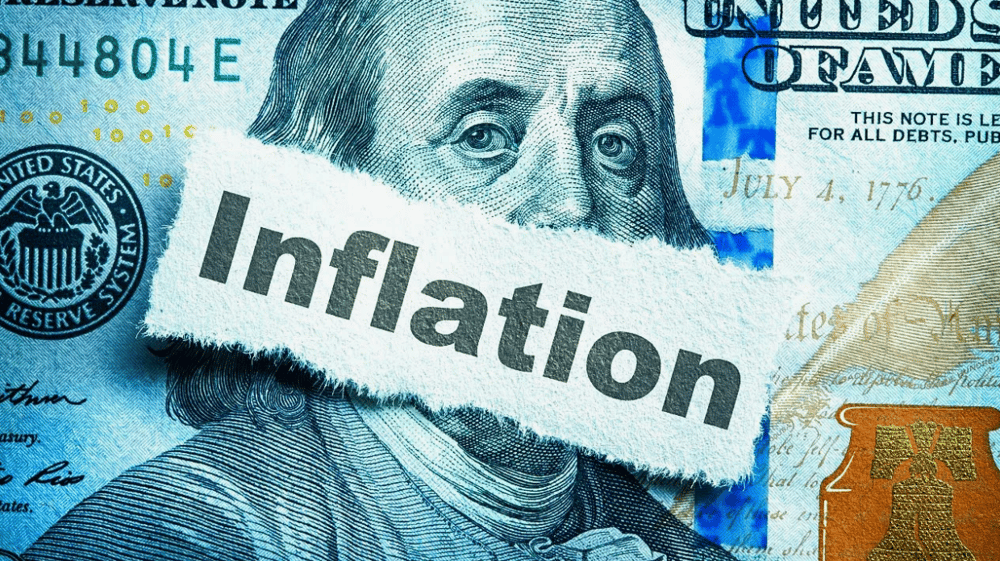
🔹 Quick Facts:
📈 Headline CPI (YoY): Expected at 2.5% for May (vs. 2.3% in April).
📊 Core CPI (YoY): Forecast to rise to 2.9% from 2.8%.
⛽ Gasoline prices: Lower, partially offsetting broader CPI growth.
🛫 Airfares and used cars: Expected to decline or remain flat.
🇺🇸 Tariff impact: Upward pressure on imports, including clothing, appliances, and furniture.
Market Impact and Economic Sentiment
The inflation forecast has already shaped investor expectations. As of early June, the USD has shown modest strength on foreign exchange markets amid renewed pricing power and the prospect of prolonged high rates.
Equity indices, including the S&P 500 (SPX), remain sensitive to core inflation data as it directly influences Fed policy outlooks. Bond yields, especially the 10-year U.S. Treasury, have risen slightly in anticipation of persistent inflation, reducing the likelihood of near-term rate cuts.
From a business perspective, companies reliant on imports are navigating narrower profit margins and passing costs along the supply chain. Consumer discretionary sectors may experience delayed demand, particularly in price-sensitive segments.
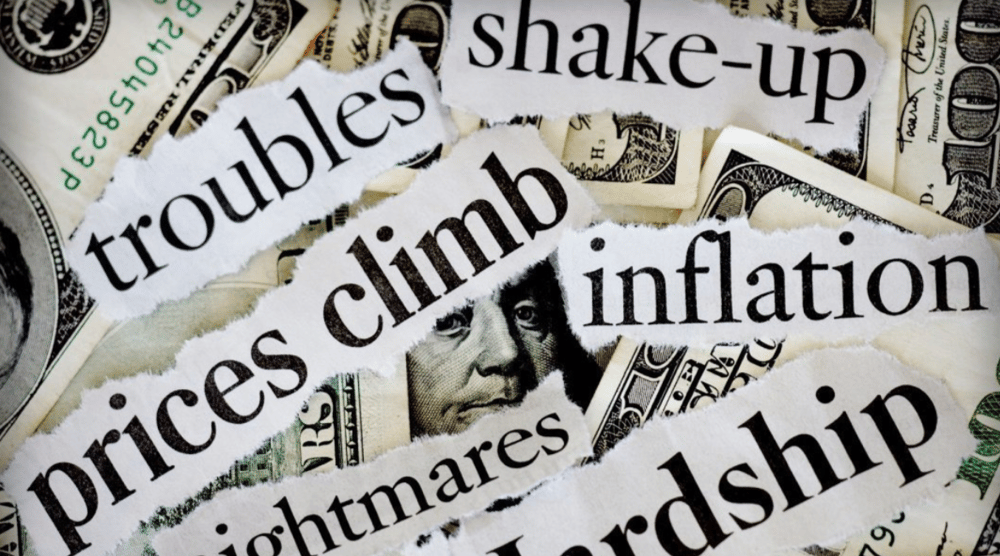
🔑 Key Points:
May 2025 CPI is expected to break a four-month slowing trend, rising to 2.5%.
Core CPI strength at 2.9% suggests inflation is embedded in more categories.
Trump-era tariffs are resurfacing as inflationary drivers.
The Fed is expected to maintain its wait-and-see policy amid mixed signals.
Markets are reacting with caution: USD firming, bond yields ticking up.
Structural Inflation Pressures Reemerge
The anticipated uptick in U.S. inflation, driven by tariff-induced cost increases, underscores the complexity of managing price stability in a post-globalization era. While temporary disinflationary forces—such as lower fuel costs—continue to mitigate CPI growth, trade policy remains a structural inflationary risk.
This CPI print, if aligned with forecasts, could shape central bank decisions and investor behavior through the second half of 2025. For now, the U.S. appears to be entering a phase where inflationary momentum is influenced more by geopolitics and trade barriers than by traditional supply-demand dynamics.


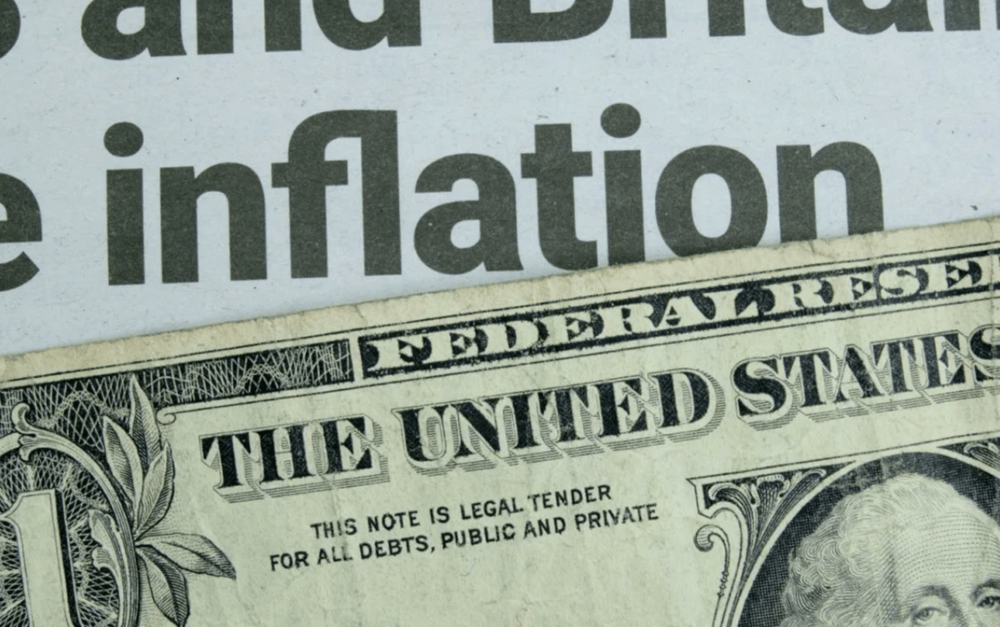

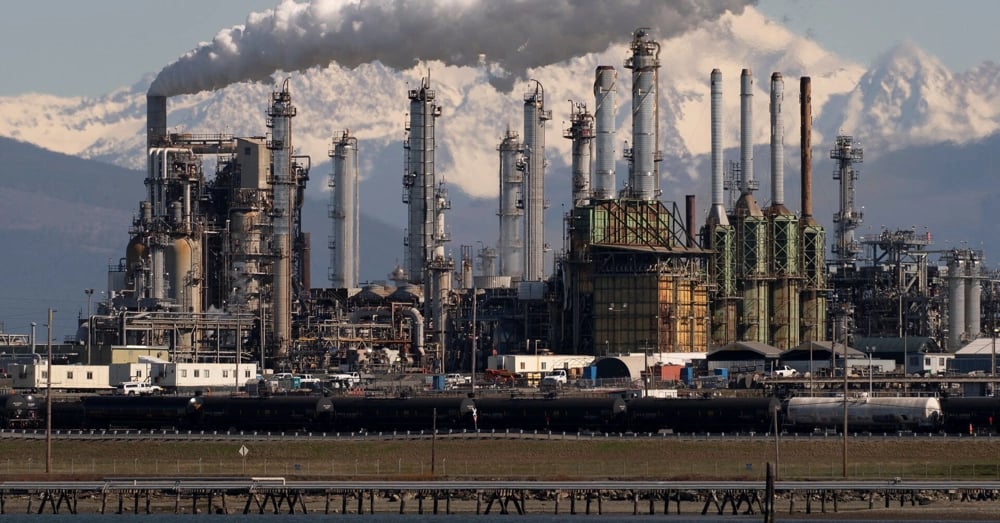

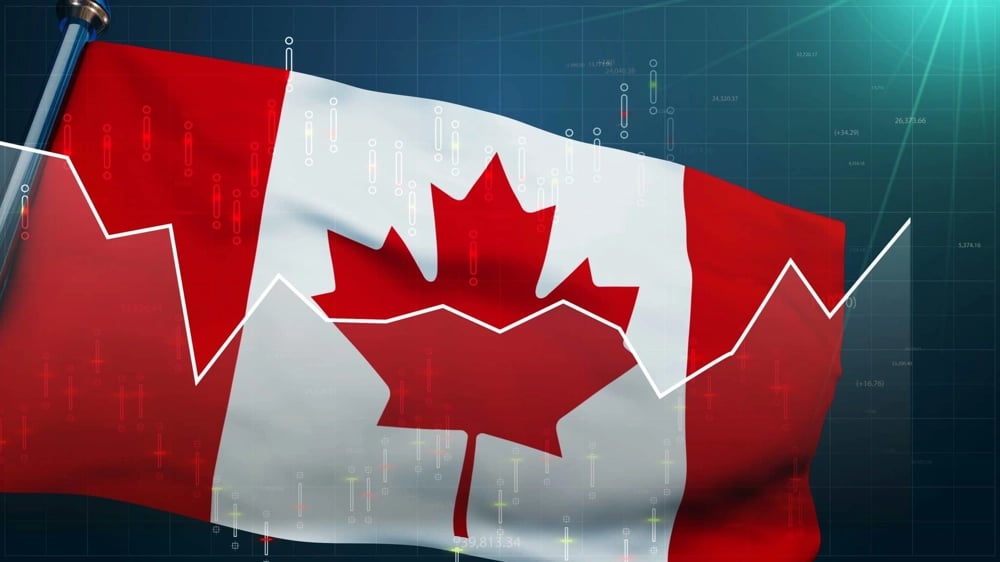



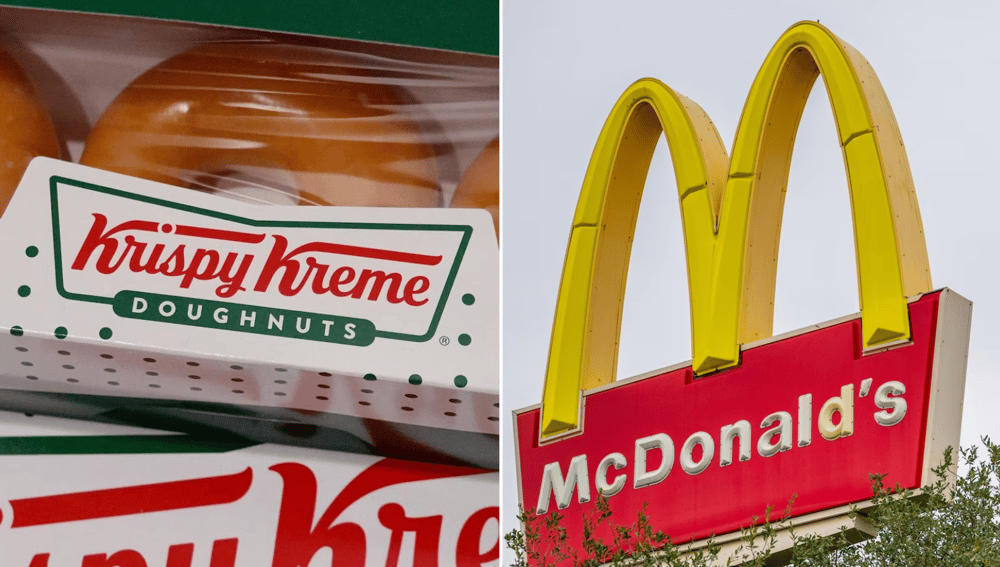


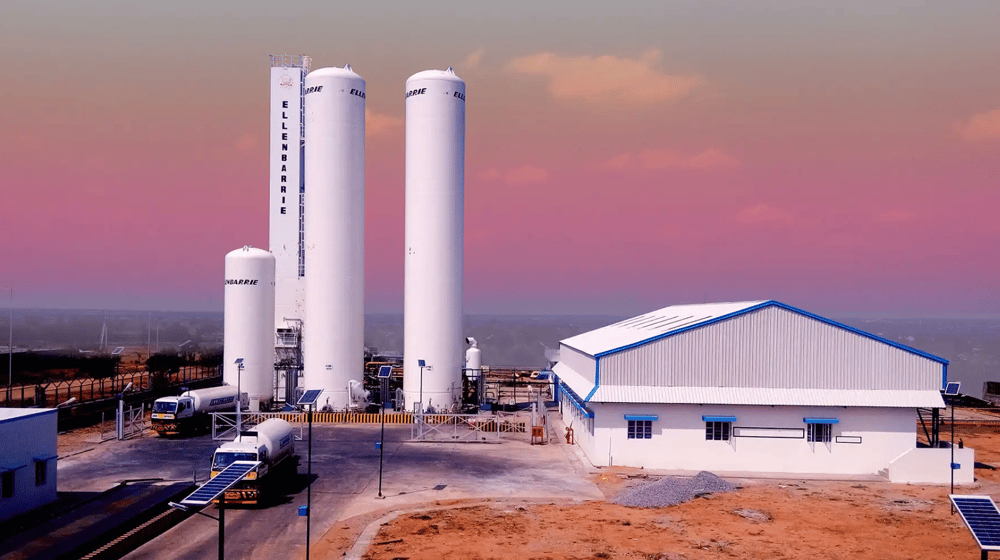

Comments